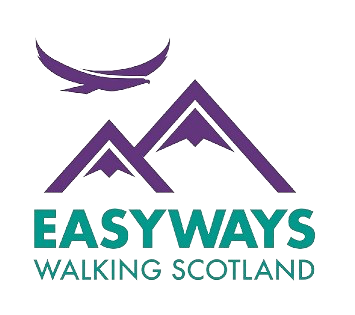This article is a personal entry by Easyways’ owner, Andrew Fernie.
I recently took a telephone call from a friend of mine who has had the misfortune of suffering a cancer recurrence over a long number of years. He knew of my involvement in the walking business and asked if I knew anything about the Camino in Northern Spain as it was something he wanted to do as a religious undertaking. As it so happened I had once attended a local talk on the subject and that proved to be invaluable as a starting point on what has now become an annual event.
The Camino Santiago de Compostela is an ancient religious walk that has attracted pilgrims (otherwise known as Peregrinos) from all over Europe since the 9th Century. It is known as the Way of St James and effectively gives its name to the town, as the Spanish translation of St James is San Tiago and Compostela translates as Campus Stellae, field of stars. St James the Apostle was martyred and legend has it that his remains were carried by boat from Jerusalem to Northern Spain, where he was buried in the city.

Casa Domingo on the Camino Walk.
The Camino had many routes to bring the faithful to their destination and therefore, many titles however to date my involvement has been in the Frances and Portuguese routes. Depending on the start point of a Camino (more translation – Camino is the Spanish word for path) it can last anything from a month to a week dependant on where you begin, with the most popular being the 7 day period that fits well with the criteria of the 100km minimum distance required to ensure a “Compostela” (Completion Certificate) is awarded. This is verified by the stamps given to the “Pilgrim” at the various stages on the route.
100km might sound a lot but over the 7 days it averages out at around 15km a day or 10 miles in old money. The walk can be punctuated by regular stops and the daily routine tends to be departure around 9am, break for lunch at Noon and then on in the afternoon to the destination, usually reached around 4pm. The symbol of the route is the scallop shell that has two purposes. Symbolical, in that the grooves on the outer edge signify the various pilgrim paths to Santiago and practical as it is used to scoop up water from streams for refreshment.
Along the way it is entirely possible to meet people from almost any country in the world, such is the growing global attraction of these types of walks as a recreational holiday. In September this year, while walking on another pilgrim way, the Via Francigena in Tuscany, I happened upon 16 trusty souls from St Leonard’s Walking Group in East Kilbride. We met up on the outskirts of Siena and enjoyed a lovely walk into the city. This route begins in Canterbury and ends in Rome!
Think on it this way. How often have you looked down from a plane journey over countryside or sped past in a bus on roads through small villages and wondered what it must be like to live in these places? Well a Camino will give you the answer where you will have the opportunity to eat, sleep and drink just like a local in what may become a life defining experience.

Enjoying local specialities.
As demonstrated with the Francigena, it’s not only Spain that holds exclusivity on Caminos. They can be found worldwide and closer to home we have our own, The St Cuthbert’s Way – beginning in Melrose and ending at the Holy Isle of Lindisfarne. This is a lovely walk through border country alongside the River Tweed to the coast. All types of people are to be found on these walks, many in their later years when the working life is over and time is more available. It can be a religious undertaking, a challenge or an enjoyment. It can even be all three but whatever, I can assure you of one thing – it will unforgettable.
Like everything in life, it all begins with a first step. As you only have to put one foot in front of the other on a Camino it will leave your mind free to relax and maybe address some of the issues you left behind. It offers a change of scenery, a feeling of accomplishment and the benefit of a week of fresh air.
As for my friend, his cancer issues continue but he is not easily discouraged and this year we are have already made plans to walk the first section of the Frances beginning in the foothills of the Pyrenees through to Pamplona during the local San Fermin Festival with the annual early morning bull run through the town. What an incentive!






